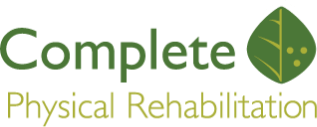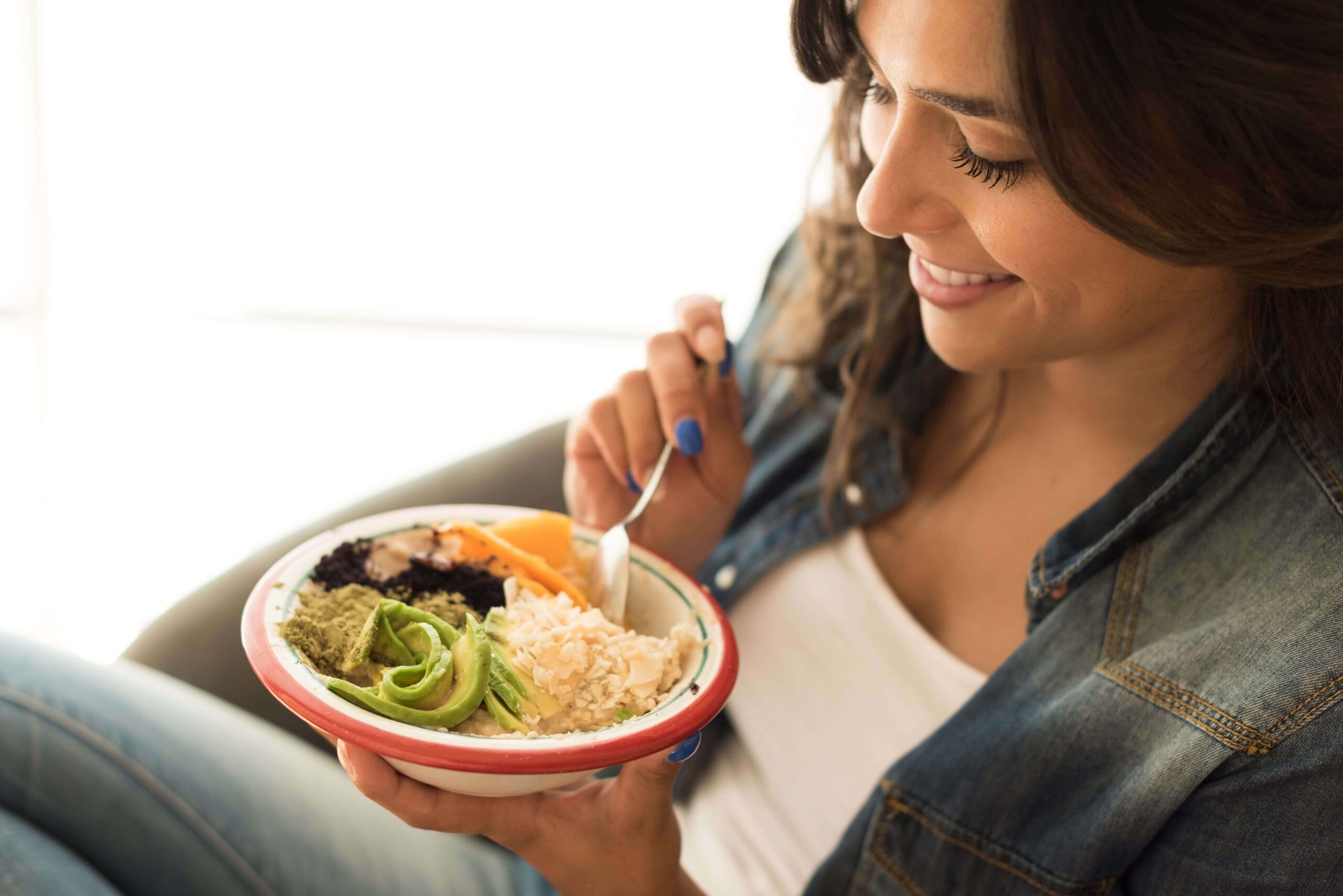Try to remember what you ate yesterday. Have you ever wondered if your dietary choices are affecting the achiness and stiffness that make your daily activities more difficult?
Believe it or not, the food we eat can make a tremendous impact—for better or worse—on chronic pain.
At our physical therapy clinic, our patients who improve their diets do much better with their individualized plan of care and rehabilitation. We invite you to call Complete Physical Rehabilitation and schedule an appointment with a physical therapist who can help you enhance your healing and improve your pain through smarter nutrition choices without having to remain reliant on expensive pain medications.
How Does Nutrition Affect Pain?
Research shows that your grocery cart can have as much as an impact on your pain as your medicine cabinet! Here are a few key ways that certain foods can improve (or worsen) your pain condition:
- Certain foods increase inflammation. Chronic inflammation is a widespread dysfunctional immune system response. It’s also a major driving factor behind chronic pain conditions like arthritis (not to mention other health conditions such as diabetes, cancer, and Alzheimer’s disease). Our bodies become chronically inflamed by a variety of things, including stress, environmental toxins, inactivity, and yes—certain foods and substances in our diets! Eating foods that contain pro-inflammatory substances like gluten, sugar, dairy, processed meats, and trans fats can make your pain worse and longer-lasting. Think of it this way: have you ever noticed that your joints feel more achy and stiff the day after a huge “treat meal” of ice cream and pizza?
- Certain foods reduce inflammation. Many foods have been shown to reduce inflammation and can help ease pain, stiffness, and achiness. Top anti-inflammatory foods to add to your diet include high-quality fish, eggs, leafy green vegetables, fruits, and nuts, seeds, and olive oil. These real whole foods can give you the protein, omega-3 fatty acids, fiber, nutrients, vitamins, and minerals your body needs for optimal tissue health, immune function, and anti-inflammation.
- Overeating or under-eating can influence your pain. Eating the right amount of high quality and nutritious foods will give you enough energy to support the regular exercise. This matters for people with chronic pain, because exercise has been shown to be one of the most effective natural pain-relievers, mood boosters, and stress busters. Having enough energy to participate in regular exercise will help you maintain strong muscles and limber joints. Meanwhile, avoiding excess calories can help you stay lean or lose excess body fat. This is important because being overweight or obese is a known risk factor for chronic pain.
- Dehydration can worsen the pain. When you work with a physical therapist, he or she will probably tell you to make sure you’re drinking enough water. Staying well-hydrated helps make everything in your body run more smoothly. It can also help you manage your pain because adequate hydration keeps your joints lubricated and your tissues pliable. Keep a water bottle handle and drink up! Aim to drink about half your body weight in fluid ounces per day (your urine should be clear and regular).
Want to See How Changing Your Diet Can Change Your Pain?
At our physical therapy clinic, our experienced staff has advanced training in human movement and overall wellness. In addition to devising a customized treatment plan to reduce pain and improve your well-being, your physical therapist can also offer guidance on lifestyle and dietary choices that will enhance your rehabilitation. Call Complete Physical Rehabilitation today to get your holistic healing journey started!

